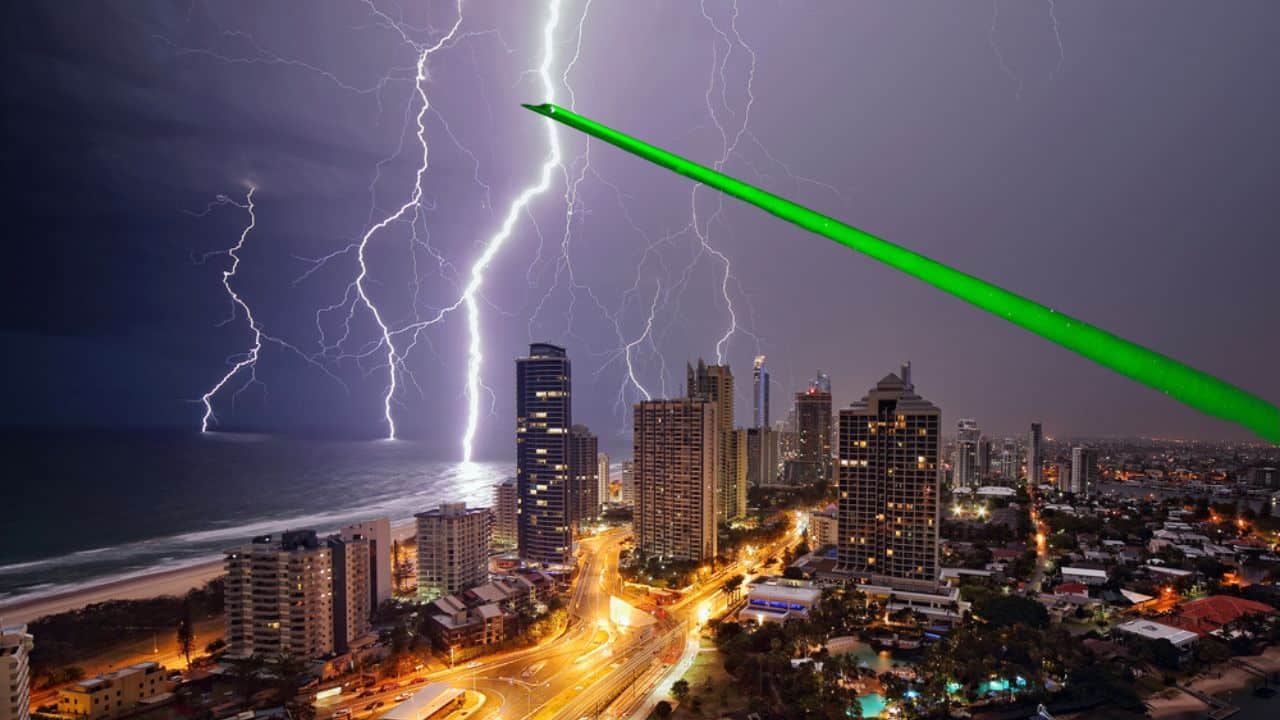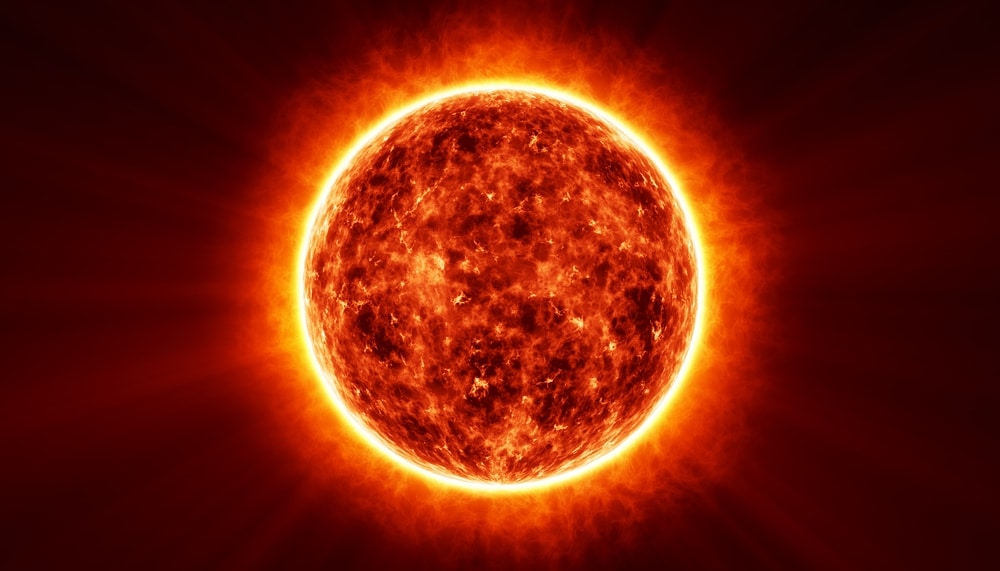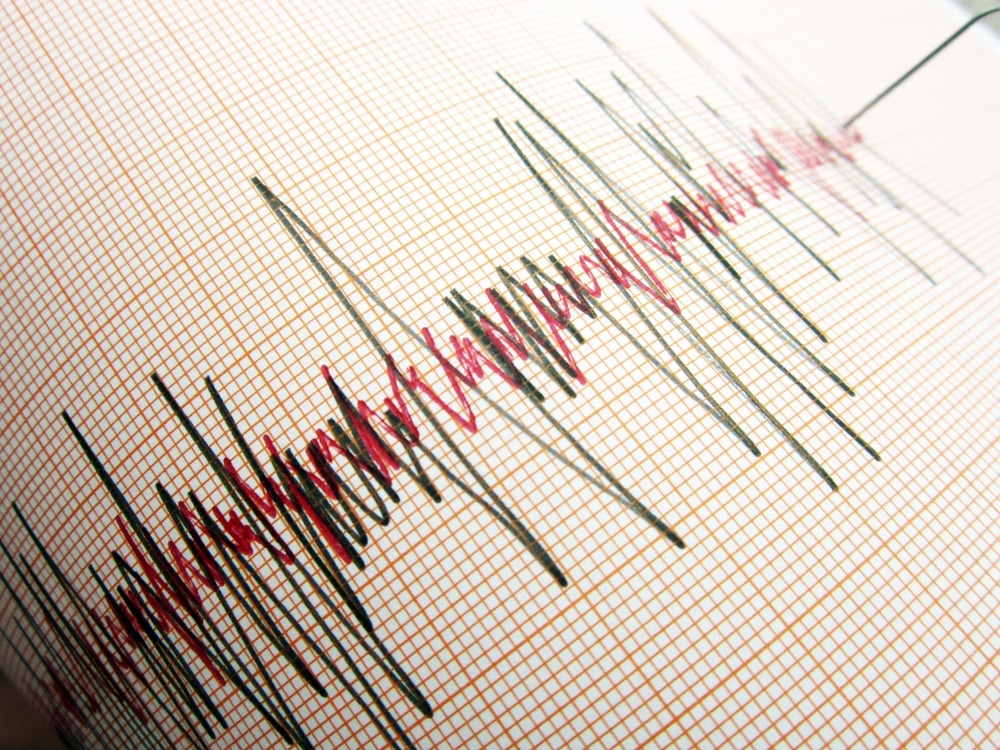Blasting the sky with a giant laser could divert lightning away from airports and nuclear power stations. Lightning strikes the ground in Britain alone about 300,000 times a year, with 30 to 60 people struck by lightning and around three dying.
But the greatest threat is the damage lightning strikes can do to power stations, with one in 2019 causing the UK’s worst blackout in a decade, cutting off 1.1 million people. Now a laser the size of a large car could protect against these acts of god in the future, by attracting bolts of lightning away from buildings.
Scientists fired 1,000 pulses of laser light a second from a machine 26 feet long, weighing more than three tons, sending the beams into the atmosphere above a tower in Switzerland which is struck by lightning around 100 times a year.
Over more than six hours of using the laser during thunderstorms between June and September last year, researchers were able to divert four lightning strikes. Lightning takes the path of least resistance before hitting the ground.
The air, which does not conduct electricity, is difficult to move through, so lightning bolts will fork in a different direction to reach a power station or airport, which conduct electricity far better.
But laser pulses can attract lightning in the same way, by charging the air to make it conduct electricity. This traps lightning above a building, and the lightning then moves through the charged air, before falling harmlessly to the ground.
Traditional lightning rods do a similar job, but experts say they can only divert lightning as far away as they are tall – with a 30-foot rod, for example, only able to guide lightning 30 feet away.
With lightning rods unable to pull lightning far enough away from large buildings, the laser technology could help protect larger infrastructure.
Scientists have been working on doing this with lasers for more than 40 years, but this is the first time it has been proven outside the laboratory, according to the new study.
Professor Jean-Pierre Wolf, who led the team behind the breakthrough, from the University of Geneva, said: ‘Seeing the lightning being diverted by the laser pulses was very emotional.
‘It comes four years after my own house was actually struck by lightning, breaking the chimney, the windows and leaving my wife without electricity. (SOURCE)

















